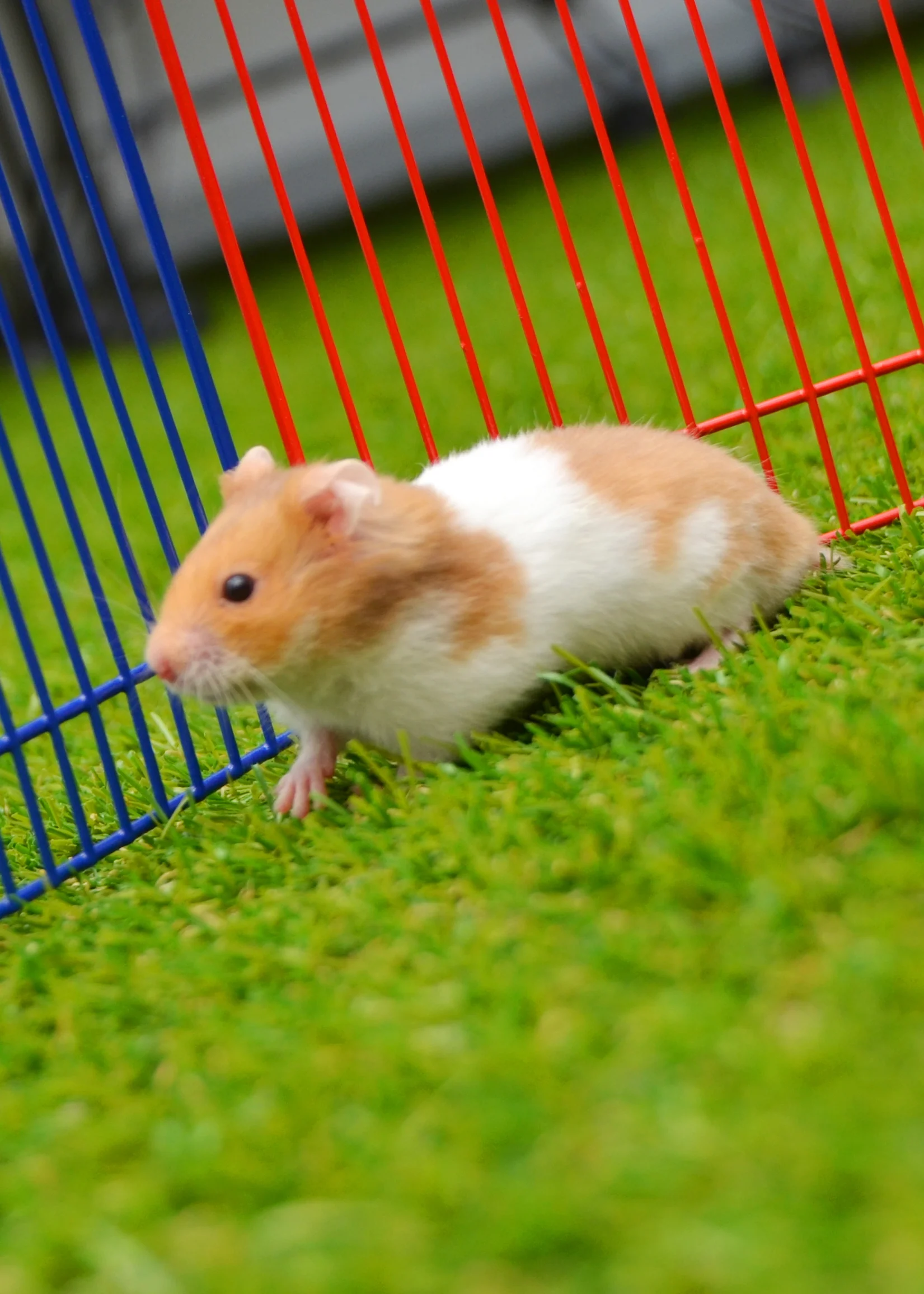The Syrian Hamster, scientifically known as Mesocricetus auratus, is a popular small mammal belonging to the rodent family Cricetidae. Also referred to as the Golden Hamster or Teddy Bear Hamster, it is one of the most commonly kept hamster species worldwide. Renowned for its gentle demeanor, compact size, and adorable appearance, the Syrian Hamster has become a beloved companion animal and subject of scientific research.
Physical Characteristics:
Syrian Hamsters are characterized by their round bodies, short legs, and relatively short tails. They typically measure around 5 to 7 inches in length and weigh between 4 to 7 ounces when fully grown. Their fur comes in a variety of colors, including golden, cream, cinnamon, gray, and black, often with white markings.
Habitat and Distribution:
Originally native to arid regions of Syria and surrounding areas in the Middle East, Syrian Hamsters are now widely distributed across the globe due to their popularity as pets. In the wild, they inhabit semi-desert areas with sandy soils and sparse vegetation, where they construct burrows for shelter and nesting.

Behavior and Social Structure:
Syrian Hamsters are solitary animals and should be housed alone to prevent aggression and fighting. They are nocturnal creatures, meaning they are most active during the night and spend much of the day sleeping. Syrian Hamsters are known for their burrowing behavior, constructing elaborate underground tunnels and chambers for nesting and storage of food.
Diet and Nutrition:
In the wild, Syrian Hamsters are omnivorous, feeding on a variety of seeds, grains, insects, and vegetation. In captivity, they require a balanced diet consisting of commercial hamster pellets, fresh fruits, vegetables, and occasional treats such as nuts and mealworms. Fresh water should always be available.
Reproduction and Life Cycle:
Female Syrian Hamsters have a relatively short gestation period of around 16 to 18 days, after which they give birth to litters typically ranging from 4 to 12 pups. The mother is solely responsible for caring for the young, nursing them until they are weaned at around 3 to 4 weeks of age. Syrian Hamsters reach sexual maturity at around 6 to 8 weeks old.
Health and Care:
Proper care and maintenance are essential for the health and well-being of Syrian Hamsters. They require a spacious cage with plenty of bedding material for burrowing, regular cleaning to maintain hygiene, and opportunities for exercise and enrichment. Regular veterinary check-ups and a balanced diet are also crucial for ensuring their health and longevity.
Conclusion:
The Syrian Hamster is a delightful and charming companion pet known for its gentle nature and endearing personality. Whether kept for companionship or scientific research, these small rodents bring joy and companionship to countless households worldwide. With proper care and attention, Syrian Hamsters can live happy, healthy lives as beloved members of the family.


